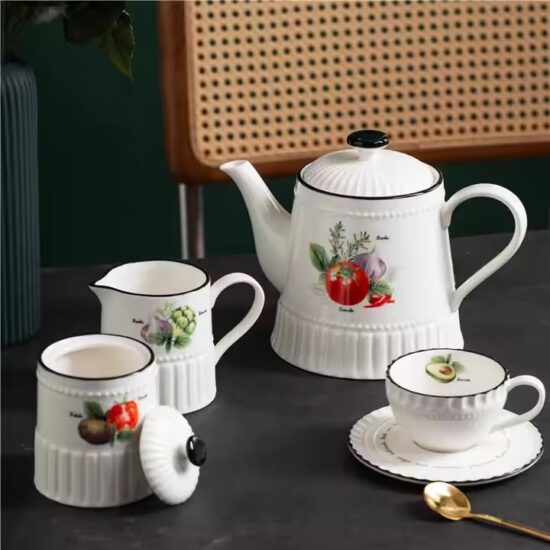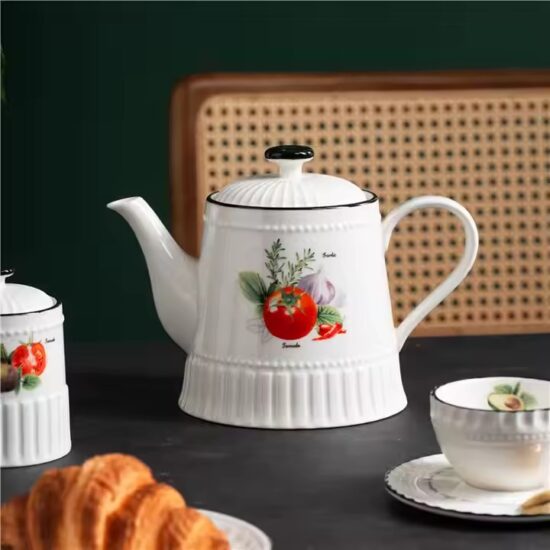bob@nbdho.com
Heat Resistance and Insulation Properties of Ceramic Teapots: What You Should Know
Heat Resistance and Insulation Properties of Ceramic Teapots
Introduction
Ceramic teapots are popular for their classic look and ability to enhance the tea brewing experience. Two important performance factors that affect their usability are heat resistance and insulation properties. These characteristics determine how well a teapot can withstand temperature changes and keep tea warm for longer periods. This article explores the heat resistance and insulation capabilities of ceramic teapots to help manufacturers, suppliers, and tea enthusiasts understand their benefits and limitations.
1. Heat Resistance of Ceramic Teapots
Ceramic materials are known for their excellent ability to endure high temperatures without cracking or deforming.
Key Points:
-
Most ceramic teapots can withstand boiling water temperatures (around 100°C or 212°F) with ease.
-
High-fired ceramics (like porcelain and stoneware) offer better heat resistance compared to low-fired clay.
-
Thermal shock resistance is critical; sudden temperature changes can cause cracks if the teapot is not properly fired or designed.
-
Proper glazing and manufacturing techniques enhance the teapot’s ability to resist heat stress.
2. Insulation Properties
The insulation capability of a ceramic teapot affects how long your brewed tea stays warm.
Key Points:
-
Ceramic’s natural density and thickness provide good insulation, helping retain heat longer than glass or metal teapots.
-
Some ceramic teapots feature double walls or thicker walls for improved insulation.
-
The lid’s fit and design also contribute to minimizing heat loss.
-
Porcelain and stoneware teapots vary in insulation; stoneware generally has slightly better heat retention due to thicker walls.
3. Benefits of Good Heat Resistance and Insulation
-
Ensures safe handling without cracking or burns.
-
Maintains the ideal brewing temperature, improving tea flavor extraction.
-
Keeps tea warm for extended periods, enhancing the drinking experience.
-
Reduces energy waste by requiring less reheating.
4. Tips for Using Ceramic Teapots Safely
-
Avoid sudden temperature changes, such as pouring boiling water into a cold teapot. Pre-warm the teapot if possible.
-
Use heat-resistant surfaces and handles to prevent burns.
-
Follow manufacturer instructions for temperature limits and care.
Conclusion
Heat resistance and insulation are vital properties that make ceramic teapots a preferred choice for tea lovers worldwide. By understanding these factors, manufacturers and consumers can ensure better quality, durability, and a superior tea-drinking experience.
If you want to explore high-quality ceramic teapots with excellent heat and insulation properties, contact us for customized solutions and wholesale options!

